A look at best-performing mutual fund schemes
Here are the best-performing mutual fund schemes based on their returns
- Harsh Chauhan
- Last Updated : March 30, 2021, 11:03 IST
1/10
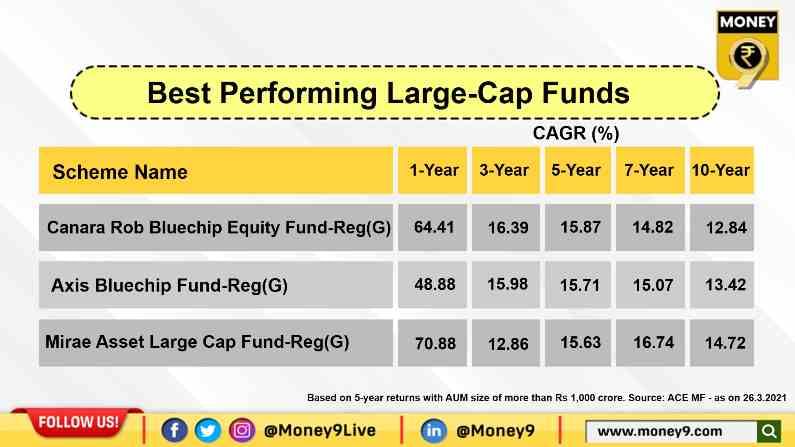
Large-cap funds are those funds that invest a larger proportion of their corpus in companies with large market capitalisation.
2/10
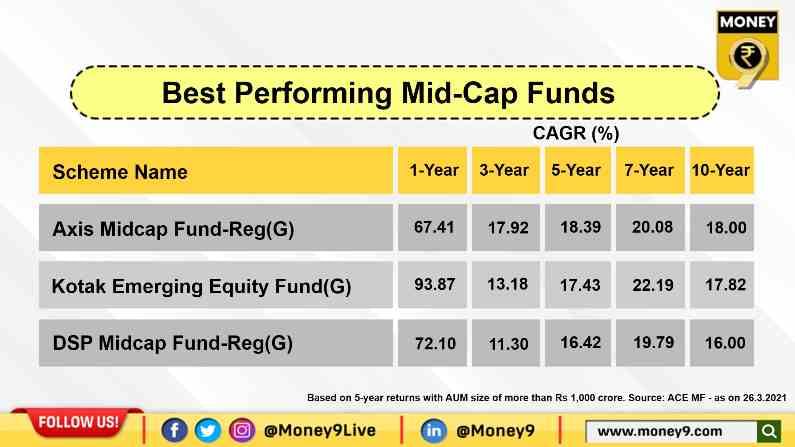
Mid-cap funds are a type of equity mutual funds that invest in mid-sized companies. Companies that are ranked from 101 onwards till 250 based on their market capitalization are categorized as mid-cap companies.
3/10
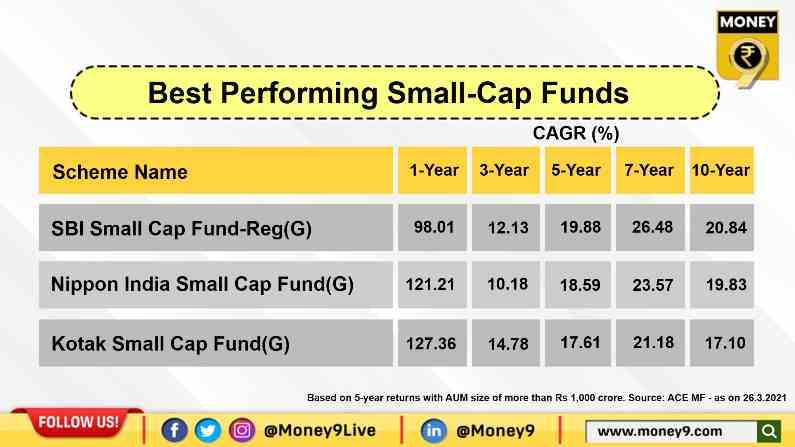
Small-cap funds invest a major portion of their investible corpus into equity of small-cap companies.
4/10
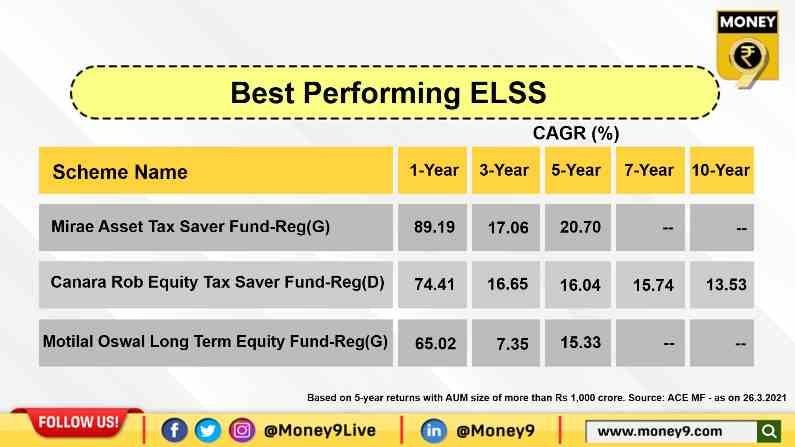
Equity Linked Saving Schemes (ELSS) are equity-oriented mutual funds. These funds come with a lock-in period of 3 years and qualify for a tax deduction of up to Rs 1.5 lakh per financial year under Section 80C.
5/10
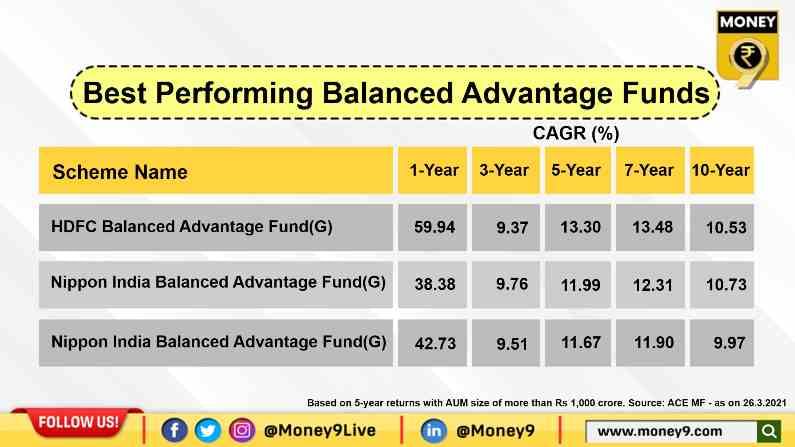
Balanced Advantage Funds are free to manage their exposure to equity and debt instruments without any caps. These funds change their exposure to equity and debt instruments as per the changing equity valuations.
6/10
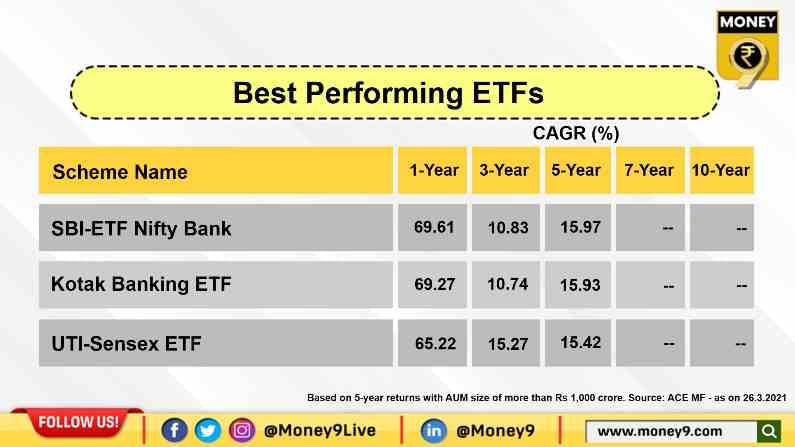
Exchange Traded Funds better known as ETFs, passively tracks an index like the Sensex or Nifty by holding securities in the same weights as the Nifty/Sensex.
7/10
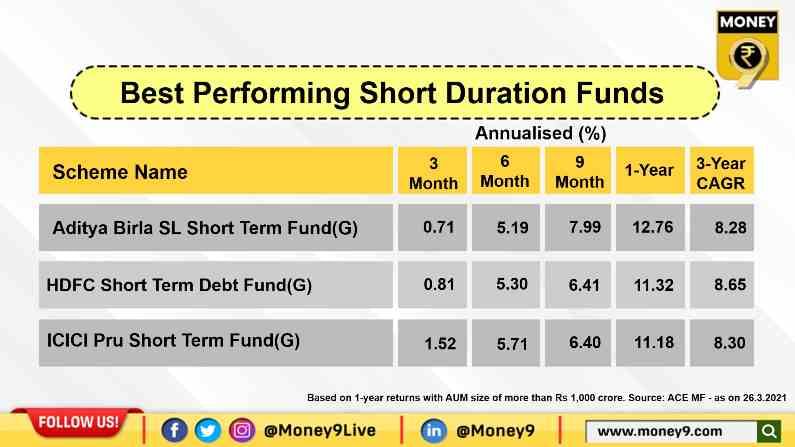
Short duration funds are debt funds that invest in debt and money market securities such that the duration of the fund portfolio is between 1 to 3 years.
8/10
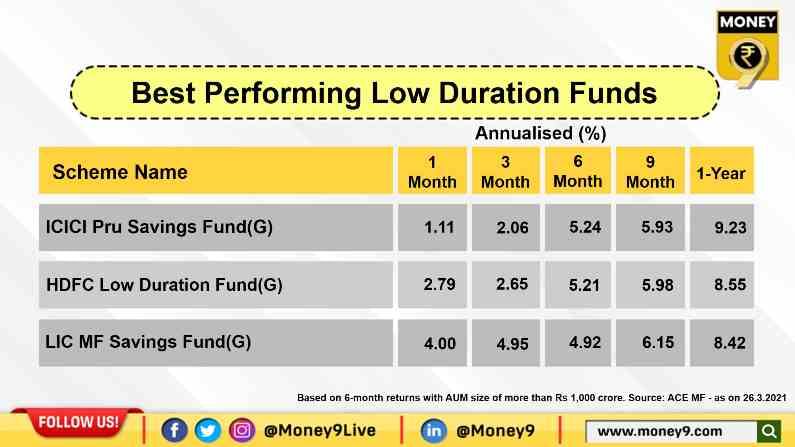
Low duration funds are debt funds that invest in short term debt securities between 6 to 12 months.
9/10
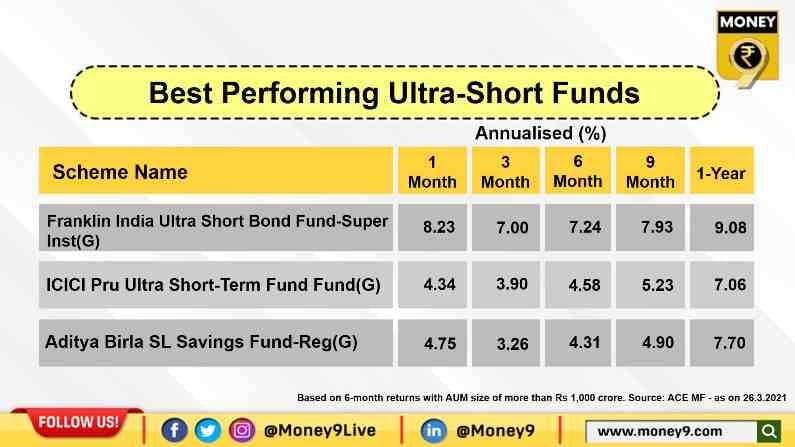
Ultra Short Duration Funds are debt funds that lend to companies for a period of 3 to 6 months.
10/10

Liquid Fund is a debt fund that invests in fixed-income instruments like commercial paper, government securities, treasury bills, etc. with a maturity of up to 91 days. ((Disclaimer: The above list is for informational purpose only. Before investing, please consult your financial advisor)
Published: March 27, 2021, 12:36 IST
Download Money9 App for the latest updates on Personal Finance.
Related
- बाजार के उतार-चढ़ाव में भी आब्रिट्राज फंडों ने दिया एफडी से ज्यादा रिटर्न
- इन 5 म्यूचुअल फंड्स ने 5 साल में दिया 20 फीसदी से ज्यादा का रिटर्न
- ये हैं टॉप 10 लार्ज कैप म्यूचुअल फंड, जिन्होंने दिया है 10 फीसदी से ज्यादा का रिटर्न
- ये हैं बंपर रिटर्न देने वाली टॉप म्यूचुअल फंड स्कीम, अकेले इस मिडकैप ने 12 महीने में दिया 57 फीसदी का मुनाफा
- कितने तरह के होते हैं ETF, आपके लिए क्या है बेहतर?
- ETF में पैसे लगाने के 4 बड़े फायदे, Investment से पहले जान लें ये बातें

